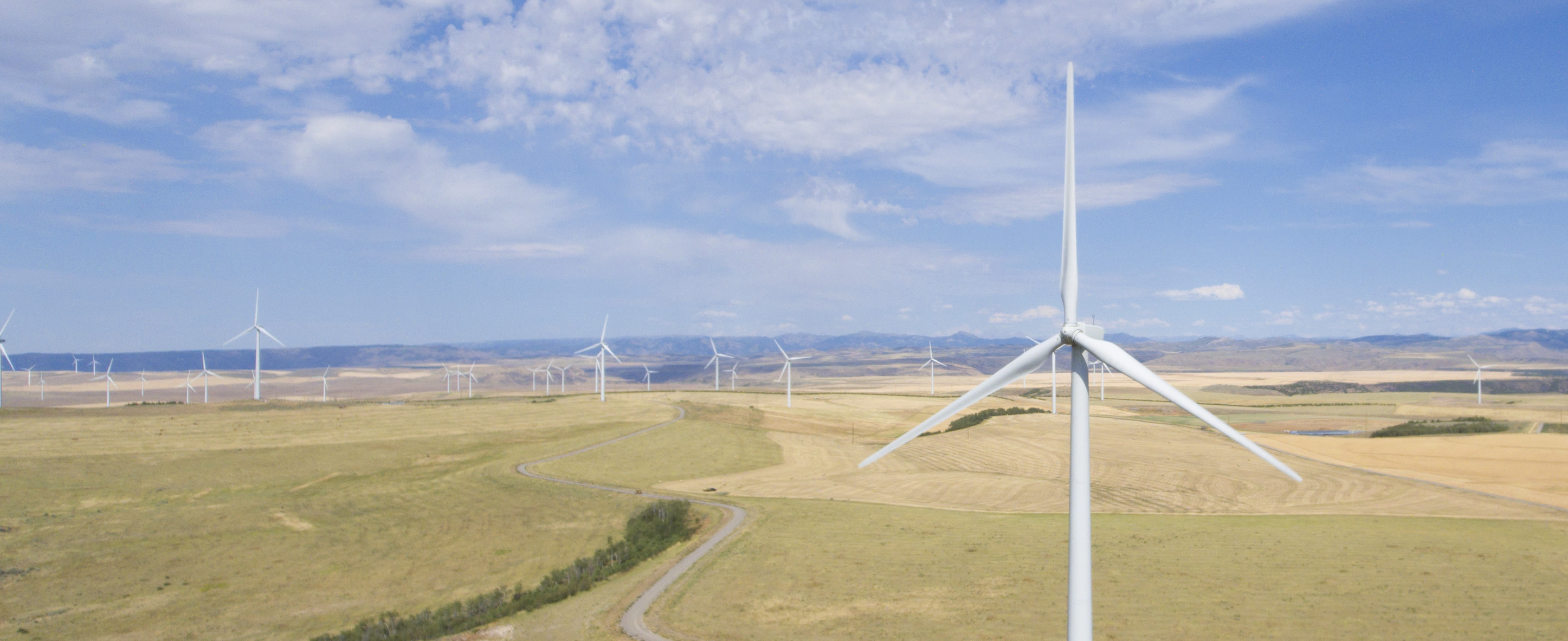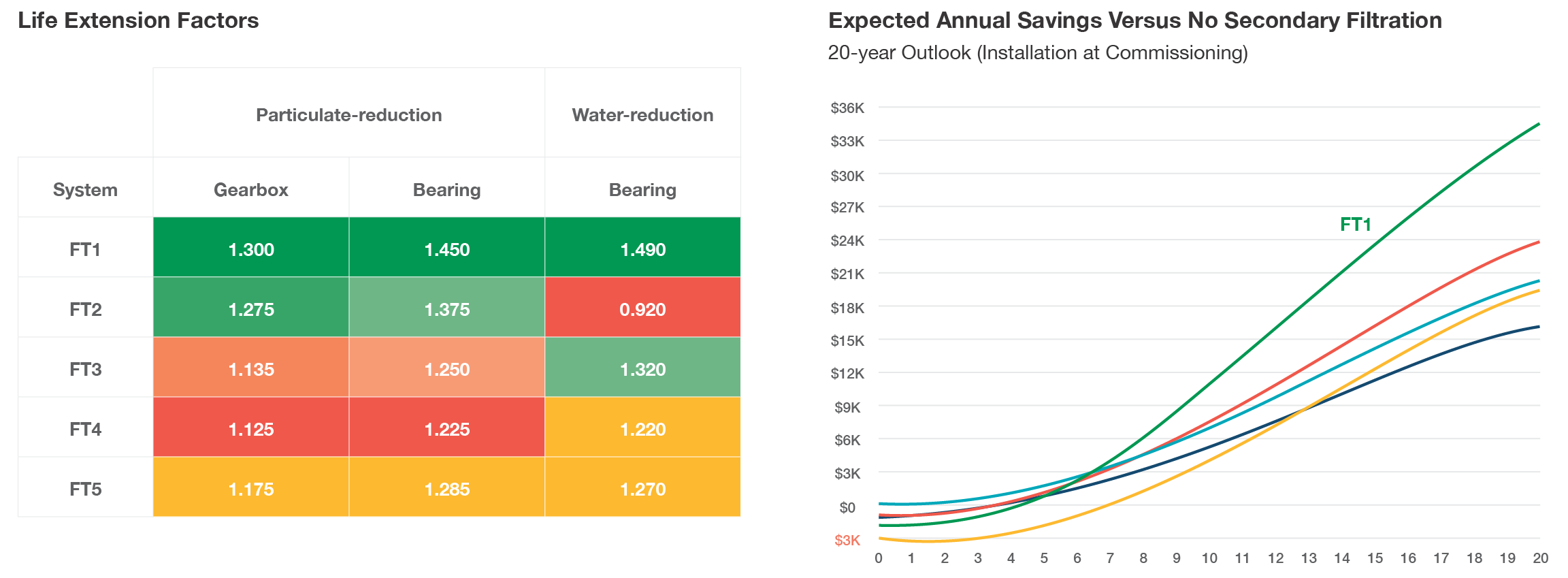Clean Energy
Expertise
Projects
Invenergy Services
Partners
Who We Are
News & Insights

by Invenergy Team

Invenergy discovered hidden savings with its oil filtration pilot program, totaling more than $50 million.
Invenergy’s primary goal in the operations of wind generation facilities is to maximize the value of wind turbines through optimized operations and maintenance practices. Invenergy takes a life-extension minded approach to power generation operations. To achieve continuous improvement of operational practices, Invenergy developed a robust pilot program within the Engineering and Performance Analytics teams. Based on the high price for repair and replacement of gearboxes and the likelihood of gearbox failure in the wind industry, one such pilot was designed to evaluate different oil filtration techniques for gearbox oil to determine if it was possible to extend the life of the gearbox and reduce overall cost per machine for the life of the asset. Scientific research into the damage caused by particulate and water contamination identified that controlling each extends the life expectancy of bearings and gearboxes.

Our ProcessTo understand the varying effects of oil filtration across the Invenergy portfolio, we organized a nine-month pilot program. The pilot commenced in the fall of 2014 by testing four different secondary oil filtration options for six different wind farms. Operations Engineering analyzed particle count and water concentration data at six different wind farms from January 2013 to July 2015 to determine the efficacy of each technology.
Building off the research on particulate and water contamination data, Invenergy identified life extension factors for each of the filtration technologies in the pilot. Utilizing these life extension factors inconjunction with the existing gearbox Weibull failure projections, it is possible to project the reduction in catastrophic gearbox failures and uptower-repairable gearbox failures for each filtration system. Operations Engineering calculated these failure reductions for sites that both installed the filtration systems at commissioning as well as after ten years of operation without secondary filtration.
The ResultsWhile all systems produced noticeable declines in overall particle counts, and all but one produced noticeable declines in water concentration, FT1 provides both the best performance and was also the most cost-effective solution after considering both the equipment and the ongoing replacement filter element costs. The failure reductions relative to the baseline over twenty years are substantial for each system, but when installed at commissioning, FT1 projects to save over $30,000 (NPV) per turbine in catastrophic and uptower-repairable gearbox repair costs. When installed following the first ten years of a project, FT1 still projects to save over $10,000 (NPV) per turbine.

There is a similar result for uptower-repairable gearbox failures as well. Invenergy operates over 2,500 wind turbines in its fleet so the savings per turbine compounded with its fleet size would equate to a savings between $25 million to $75 million over a twenty-year period based on when the secondary oil filtration system was installed.
Seeing results in cost savings was just part of the pilot. To push forward with deploying the pilot to the remainder of the fleet, the cost of installation of the system was also something that needed to be considered. Based on the savings per year extrapolated out to twenty years, Invenergy looked at how long it would take to break even for both installation times (at commissioning and ten years after). It was determined that all of the tested systems would break even with installation at commissioning by year eight, with four of the five breaking even by year five. For systems installed after ten years of no secondary filtration, it was determined that all systems would break even by year five, with four of the five breaking even by year three.
Final TakeawaysThe final recommendations from Operations Engineering to the Asset Management team was to equip the fleet with the FT1 secondary oil filtration at the earliest convenience within reasonable budget allocations and manpower resources for installation. Additionally, Operations Engineering recommends purchasing and installing the FT1 secondary oil filtration system for all newly constructed turbines.
Expertise
Projects
Invenergy Services
News & Insights
© 2023 Invenergy